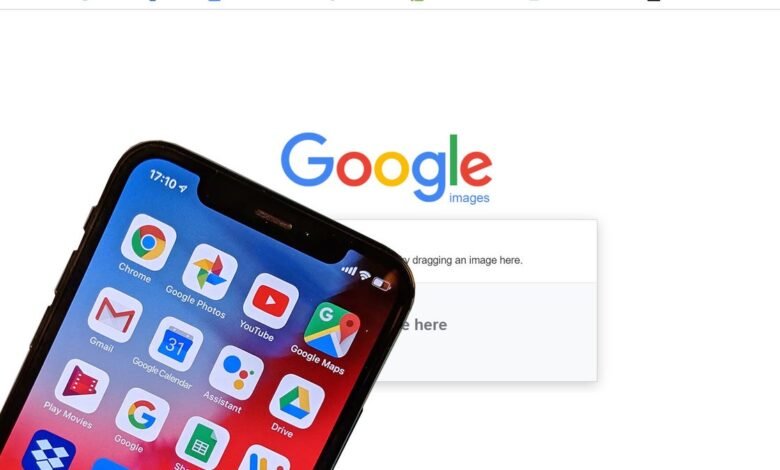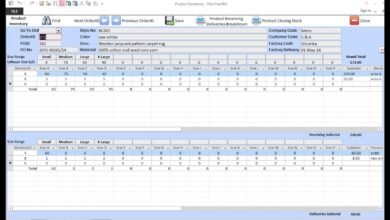Unlocking Images: The Ultimate Guide to Reverse Photo Lookup

Introduction
In the digital era, images travel fast, and identifying their origins or verifying authenticity has become crucial. Reverse photo lookup is a technology-driven solution designed to trace images back to their source, find similar visuals, or detect misuse. Unlike traditional searches that rely on text-based queries, reverse photo lookup focuses on visual content. This makes it invaluable for journalists, businesses, investigators, and everyday users who want to ensure the authenticity of online images. The growing need for fact-checking, protecting intellectual property, and preventing fraud has significantly increased the popularity of reverse photo lookup tools. In this article, we will explore how reverse photo lookup works, its practical applications, benefits, and step-by-step guidance for using these tools effectively, providing you with a comprehensive understanding of this modern visual search technique.
What is Reverse Photo Lookup?
Reverse photo lookup is a method of searching for information about an image rather than using keywords. By uploading an image or entering its URL, users can find visually similar pictures, the original source, or contextual information related to the visual content. Unlike keyword-based searches that depend on text, reverse photo lookup uses algorithms that analyze image characteristics such as shapes, colors, and patterns. This process can uncover instances where an image appears online, track misuse of copyrighted material, or even identify objects, people, or places in a photo. With advancements in AI and image recognition technology, reverse photo lookup has become increasingly precise, making it an essential tool for digital verification, security, and online research.
How Reverse Photo Lookup Works
The process of reverse photo lookup relies on advanced image recognition technology. When you upload a photo to a lookup tool, it scans and converts the visual data into a digital signature or fingerprint. This fingerprint is then compared against large databases of indexed images on the internet. The algorithm looks for similarities in patterns, colors, shapes, and textures to identify matching or related images. Depending on the platform, the search can yield results showing the original source, other websites hosting the image, or variations of the picture. Modern tools use AI to enhance accuracy and can even detect subtle edits or modifications. The speed and efficiency of reverse photo lookup make it an indispensable resource for verifying authenticity, tracking image circulation, and conducting in-depth visual research.
Benefits of Using Reverse Photo Lookup
Reverse photo lookup offers numerous advantages across professional and personal domains. Firstly, it helps in verifying the authenticity of images, which is critical in preventing the spread of misinformation or fake news. Secondly, it protects intellectual property by enabling creators to find unauthorized uses of their photos. Businesses can leverage it for brand monitoring, ensuring that logos, product images, or advertisements are not misused online. Individuals can identify unknown people, objects, or places in images, enhancing personal safety or research accuracy. Moreover, the accessibility of reverse photo lookup tools many of which are free and user-friendly allows anyone to benefit from image verification without specialized technical skills. Overall, it promotes accountability, trust, and transparency in the digital landscape.
Popular Tools for Reverse Photo Lookup
Several reverse photo lookup tools are widely used due to their accuracy, ease of use, and accessibility. Google Images allows users to upload a photo or provide a URL to search for visually similar images across the web. TinEye is known for its extensive image indexing and can track image usage over time, making it valuable for copyright monitoring. Other platforms like Bing Visual Search and Yandex also provide robust reverse image search capabilities with AI-powered suggestions. Mobile apps such as CamFind allow users to perform searches on the go using smartphones, making it convenient for instant verification. Choosing the right tool depends on the user’s needs, whether it’s copyright protection, fact-checking, or simply exploring the origins of a photo.
Practical Applications of Reverse Photo Lookup
Reverse photo lookup serves multiple practical purposes in daily life and professional activities. For journalists and researchers, it’s an essential tool for verifying sources and avoiding misinformation. Online sellers can check for counterfeit listings by comparing product images across platforms. Social media users can identify fake profiles or detect the unauthorized use of personal photos. Law enforcement and investigators use it to trace suspicious images or track digital content in investigations. Even casual users benefit from identifying landmarks, objects, or people in pictures. The versatility of reverse photo lookup has made it a valuable tool for anyone who interacts with visual content online, providing both convenience and security in a digitally-driven world.
Limitations of Reverse Photo Lookup
While reverse photo lookup is powerful, it comes with certain limitations. The effectiveness largely depends on the size and comprehensiveness of the search database; images not indexed online may not yield results. Altered or heavily edited photos can reduce the accuracy of matches. Additionally, privacy concerns arise when personal images are uploaded to online tools, as some platforms may store or use them. Certain tools may also present ads or limit free searches, requiring subscriptions for full features. Despite these limitations, understanding how to use reverse photo lookup effectively and choosing reliable tools can minimize drawbacks and maximize the benefits of this technology in everyday digital tasks.
Conclusion
Reverse photo lookup has emerged as a vital tool in today’s digital ecosystem. It empowers individuals and organizations to verify images, protect intellectual property, and uncover valuable visual information. From identifying the origins of a photo to detecting misuse or exploring image variations, its applications are diverse and impactful. While some limitations exist, the growing sophistication of AI-driven reverse image search technologies continues to enhance accuracy and reliability. By integrating reverse photo lookup into daily digital practices, users can navigate the online world more safely, confidently, and efficiently. Whether for personal curiosity or professional needs, mastering reverse photo lookup is an essential skill for responsible and informed digital engagement.
FAQs
Q1: Is reverse photo lookup free?
Many reverse photo lookup tools offer free basic services, such as Google Images and TinEye. Some platforms may have premium features that require subscriptions.
Q2: Can reverse photo lookup identify people in photos?
Yes, it can sometimes help identify people if their images are publicly available online. However, privacy settings and limitations may affect accuracy.
Q3: Are reverse photo lookup tools safe to use?
Most tools are safe, but users should check privacy policies before uploading personal images to ensure data is not stored or misused.
Q4: Can I use reverse photo lookup on my phone?
Absolutely. Many apps and mobile-friendly websites allow users to upload photos directly from smartphones for instant searches.
Q5: What are the best tools for reverse photo lookup?
Google Images, TinEye, Bing Visual Search, and Yandex are among the most reliable tools, each offering unique features depending on user needs.



